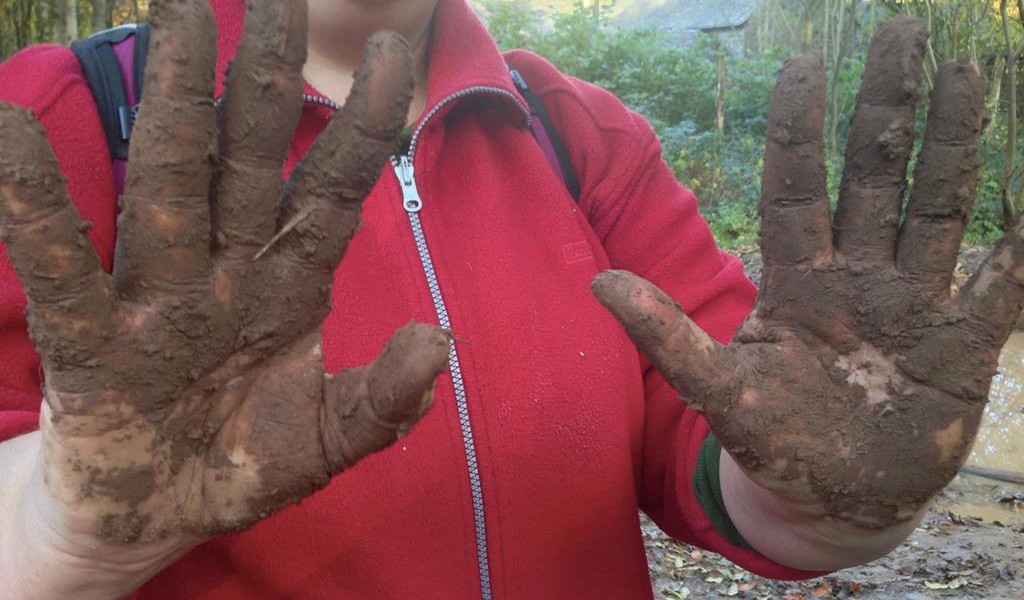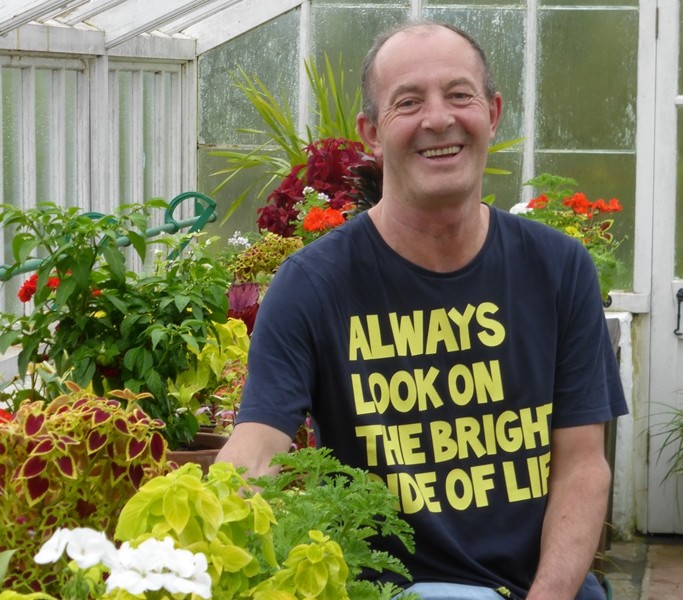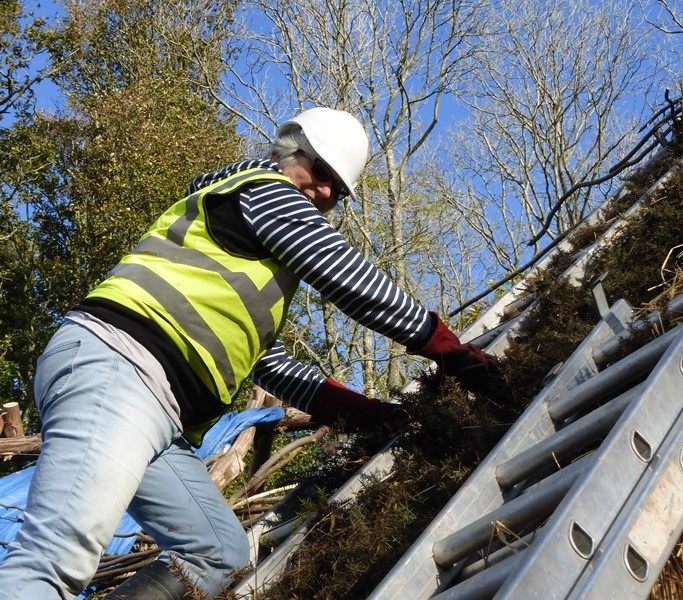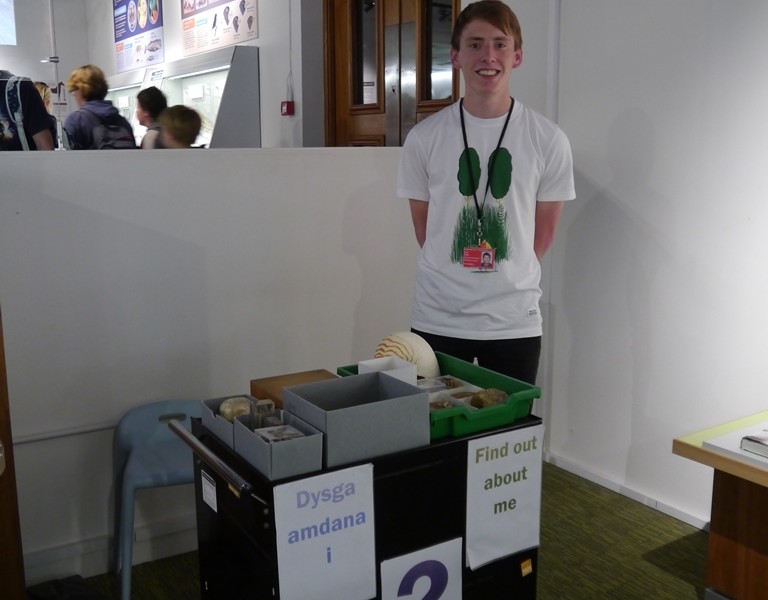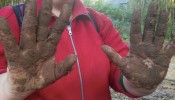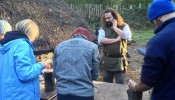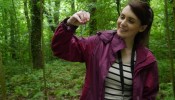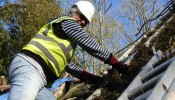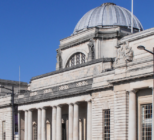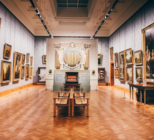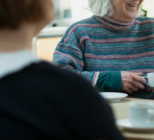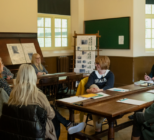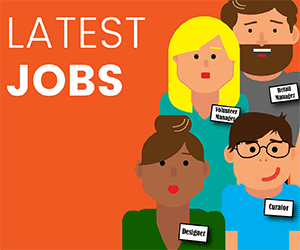Amgueddfa Cymru’s work has been centred at St Fagans: National History Museum and focused on volunteering; with the aim to diversify the volunteer base and use the experience, and learning from working differently with volunteers, to inform the way that the museum works more widely with communities in the future.
The museum wanted to improve its volunteer experience by implementing a process of cultural change around skills development and working practices. In 2012 St Fagans had just 11 volunteers, all of whom volunteered in just one department.
“These volunteers generally came from the same socio-economic background: being well-educated, retired and female,” says Stephanie Burge, Our Museum Co-ordinator. “Our recruitment process was itself a barrier; minimal advertising that only appeared on our website, overly complicated application forms and a longwinded and bureaucratic interviewing procedure, were unintentionally off-putting and excluding.”
Over the course of the programme the team made significant changes bringing its Volunteering Programme in line with best practice and updating its recruitment and policies, making its volunteering opportunities accessible and more widely visible.
“In peak summer months, we now have upwards of 150 volunteers across departments at St Fagans,” says Burge. “Through partnership working we accessed previously unused community networks, giving us greater reach that has diversified our volunteer base.”
The result has seen a dramatic shift in the socioeconomic background of St Fagans’ volunteers with more than 40 per cent of volunteers now identify themselves as unemployed and the museum is more reflective of the communities it serves.
This model has also been transferred to the way in which the museum supports staff to supervise volunteers. Community Partners have helped the museum deliver training that provides staff with the skills, knowledge and confidence to work with people from diverse backgrounds and with different needs; this includes training in Disability Awareness and in how to support a person recovering from substance misuse.
“All of these changes have culminated in Amgueddfa Cymru achieving Investing in Volunteers, which is the UK quality standard for good practice in volunteer management,” she says. “When we chose to focus on transforming our volunteering offer, we recognised that we didn’t have the knowledge or experience needed to do this alone. We viewed this as a positive. We wanted to bring external voices into the museum, so we created an Engagement Team made up of 10 Community Partners.”
The partners they worked with were charities, public and third sector organisations chosen because of their specialist knowledge, strategic remit and community such as NewLink Wales, a charity that supports people recovering from substance misuse.
“We also realised that we would benefit from employing staff with different skills. We worked collaboratively with Community Partners to recruit a new co-ordinator for the Our Museum programme.”
By jointly developing a job description and person specification it challenged long held views and practices within the museum, for example; the qualifications expected by the museum were seen by Community Partners to be prohibiting potential candidates. They instead suggested practical experience as an equally valid alternative.
The co-ordinator role was advertised through community partners, making it visible to different groups of people, which created a greater diversity of applicants. “We took an egalitarian approach to the shortlisting and interviewing, with Community Partners involved throughout,” says Burge. “An informal site tour was added to the interview process, this gave candidates multiple opportunities to sell themselves and gave the museum the ability to see candidates engaging with different people in different environments.”
The Museum appointed a candidate whose background was working for a Volunteering Centre. They had significant experience in working with diverse communities and the skills needed to support the museum to align its volunteering offer with best practice models from the third sector.
“The experience of recruiting in this way had a lasting effect on Amgueddfa Cymru’s approach to appointing new posts. Community Partners felt that the museum should focus more strongly on competencies, as this values proven experience and skills as highly as qualifications, this has been incorporated into all recruitment.”
The museum has also recruited staff members with experience of working for Social Services and within Communities First programmes. These appointments have brought fresh perspectives into the museum, along with different skills and knowledge, which have helped the museum make stronger links with the wider community.
Across Amgueddfa Cymru there are now more than 300 volunteers and the skills they learn are very different dependent on their volunteering role. A volunteer on the farm in St Fagans will learn animal husbandry and agricultural skills, volunteering with the Conservation Department in the National Collections Centre teaches participants about collection care and archiving, and helping in the Learning Department in National Roman Legion Museum increases planning and facilitation skills.
“All of our volunteering roles give participants the chance to improve their softer skills such as communication, team working, and time keeping, helping towards future employability. Many of the volunteering roles also offer opportunities for volunteers to practice their Welsh language skills.”
Several volunteers have progressed into employment within Amgueddfa Cymru or with other heritage and cultural organisations such as the Rhondda Heritage Park and the Wales Millennium Centre. “Many of our volunteers also go on to further education in areas such as History and the Arts,” says Burge. “Other participants have wanted to gain experience in different sectors so have moved on to volunteer within different organisations, such as, Oasis Cardiff a centre for Asylum Seekers and Refugees.”
Amgueddfa Cymru has also created new work placement programmes, which are designed for students and graduates. The next step to this is to continue to work with their Community Partners and create a supported pathway for young people, including those that may never have even stepped foot in a museum, to become engaged with Heritage through volunteer or by starting a work placement.
“We plan to work with organisations that support young people, so that what we design meets their needs and aspirations; for example working with Llamau a charity that helps homeless and vulnerable young people in Wales,” says Burge. “Younger people are an under-represented audience within the Heritage sector, so it’s important to use the cultural capacity of the museum to develop meaningful opportunities, which not only connects them with heritage but that also build transferable skills for life.”
February In Focus
A trained and skilled workforce is something that every sector needs and the cultural sector, with its museums and heritage attractions, is no exception. But how it trains its new recruits, whether they be students, apprenticeships, trainees or volunteers is always evolving and always up for debate
Main Image
Volunteer, Kat, lambing. As part of the programme volunteers on the farm in St Fagans will learn about animal husbandry


